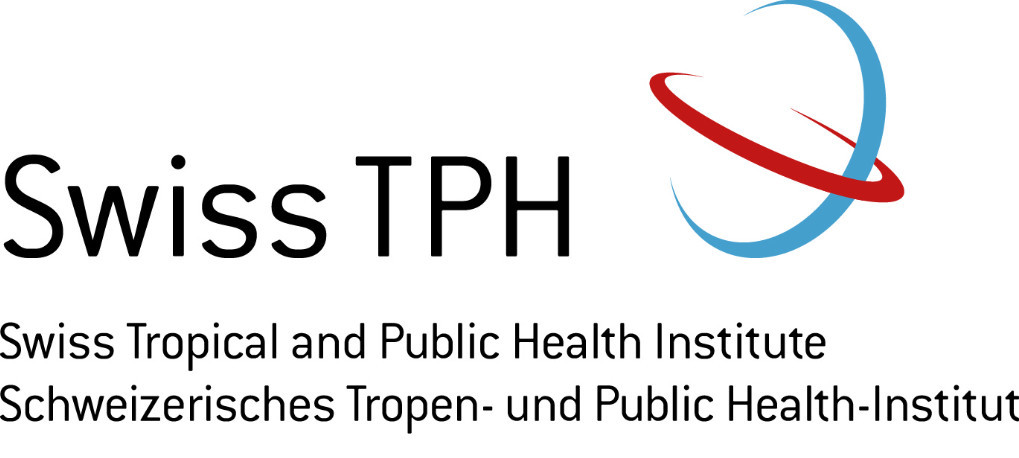WHO Collaborating Centre for Epidemiology and Control of Helminth Infections
More than half of the world’s population is at risk of infections through parasitic worms (helminths). At present, 900 million children are in need of regular deworming. Many people suffer from multiple species of helminth infections. The impact of these parasites on human health is considerable: they cause many people to suffer from diarrhoea or stomach ache, cause growth retardation and anaemia, and some are the root causes of certain types of cancer. Despite the public health importance, helminthic diseases such as food-borne trematodiasis, lymphatic filariasis/elephantiasis, onchocerciasis (river blindness), schistosomiasis (bilharzia) and soil-transmitted Helminthiasis, are largely neglected.
Swiss TPH is heavily involved in research and integrated control of parasitic worm infections. Acknowledging this contribution in 2014, the World Health Organization (WHO) has nominated Swiss TPH as a WHO Collaborating Centre for Epidemiology and Control of Helminth Infections. The work Swiss TPH is pursuing under the Collaborating Centre comprises teaching and training, mapping of risk areas, evaluating existing and developing new diagnostic tools, screening of new substances for their efficacy and safety against parasitic worms and supporting countries in building their control programmes.
Areas of Work and Main Activities
1. Mapping and modelling of human helminth infections
Translate scientific work into policy, e.g. maps for control programme managers; prospective risk mapping and prediction; periodic update of country profile. Work primarily contributed by the Unit Biostatistics.
2. Options for the control of strongyloidiasis, food-borne trematodiasis and Mekong schistosomiasis
Documentation of large-scale drug distribution to control Strongyloides stercoralis and food-borne trematodes; contribute to making the case for ivermectin donation to control S. stercoralis (e.g. burden of disease estimates, treatment needs); exploring whether food-borne trematodiasis control using preventive chemotherapy is feasible, effective and safe; surveillance of Schistosoma mekongi contro. Work primarily contributed by the Group Helminths and Health.
3. Research and development of anthelminthic drugs
In vitro and in vivo drug screening including drug combinations studies; clinical trials using novel treatments, drug combinations or novel treatment schedules. Work primarily contributed by the Unit Helminth Drug Development.
4. Innovation and validation of diagnostic techniques
Validation of existing diagnostic tools (e.g. FLOTAC and Mini-FLOTAC for Schistosoma mansoni and soil-transmitted helminths; point-of-care circulating cathodic antigen (POC-CCA) urine cassette test for S. mansoni, etc.); validation of novel and highly sensitive techniques (e.g. circulating anodic antigen (CAA) test for S. mansoni and S. haematobium). Work primarily contributed by the Unit Diagnostics and the Group Helminths and Health.
5. Technical assistance of helminth control activities
Country and programme support (training, survey design, data analysis); capacity assessment; quality control (copro-parasitological laboratories), ring testing; establishment of regional reference laboratories for copro-parasitology. Work primarily contributed by the Unit Diseases and Programmes.
6. Economic evaluations and health system impacts
Costs, cost-effectiveness analysis of preventive chemotherapy, different diagnosis-treatment algorithms, etc.; economic impacts of control and elimination strategies; elimination investment cases (EIC) of lymphatic filariasis and onchocerciasi. Work primarily contributed by the Group Health Systems and Policies.
Cross-cutting themes
Participation at WHO expert consultations; evidence-based policies through systematic reviews and meta-analysis; exchange/joint MSc, PhD and postdoctoral fellows; develop training materials and modules for diagnostic laboratories and control programmes (e.g. bench aids, standard operating procedures (SOPs), movies, web-based / supported courses including Web-microscope, etc.)


The WHO Collaborating Centre is based in the Diseases and Programmes Unit at Swiss TPH.